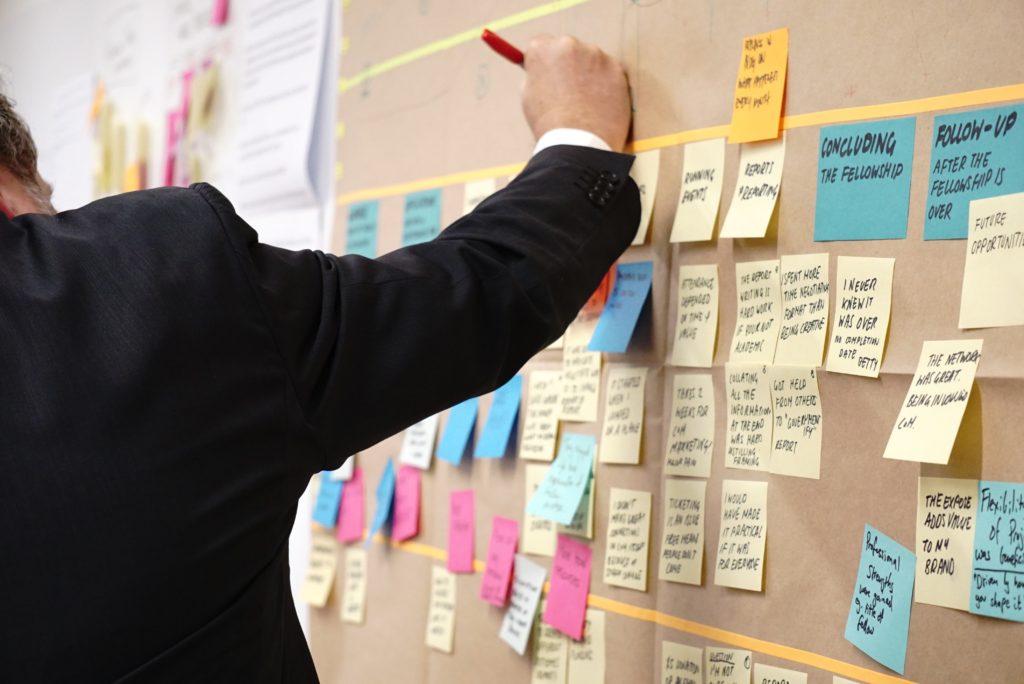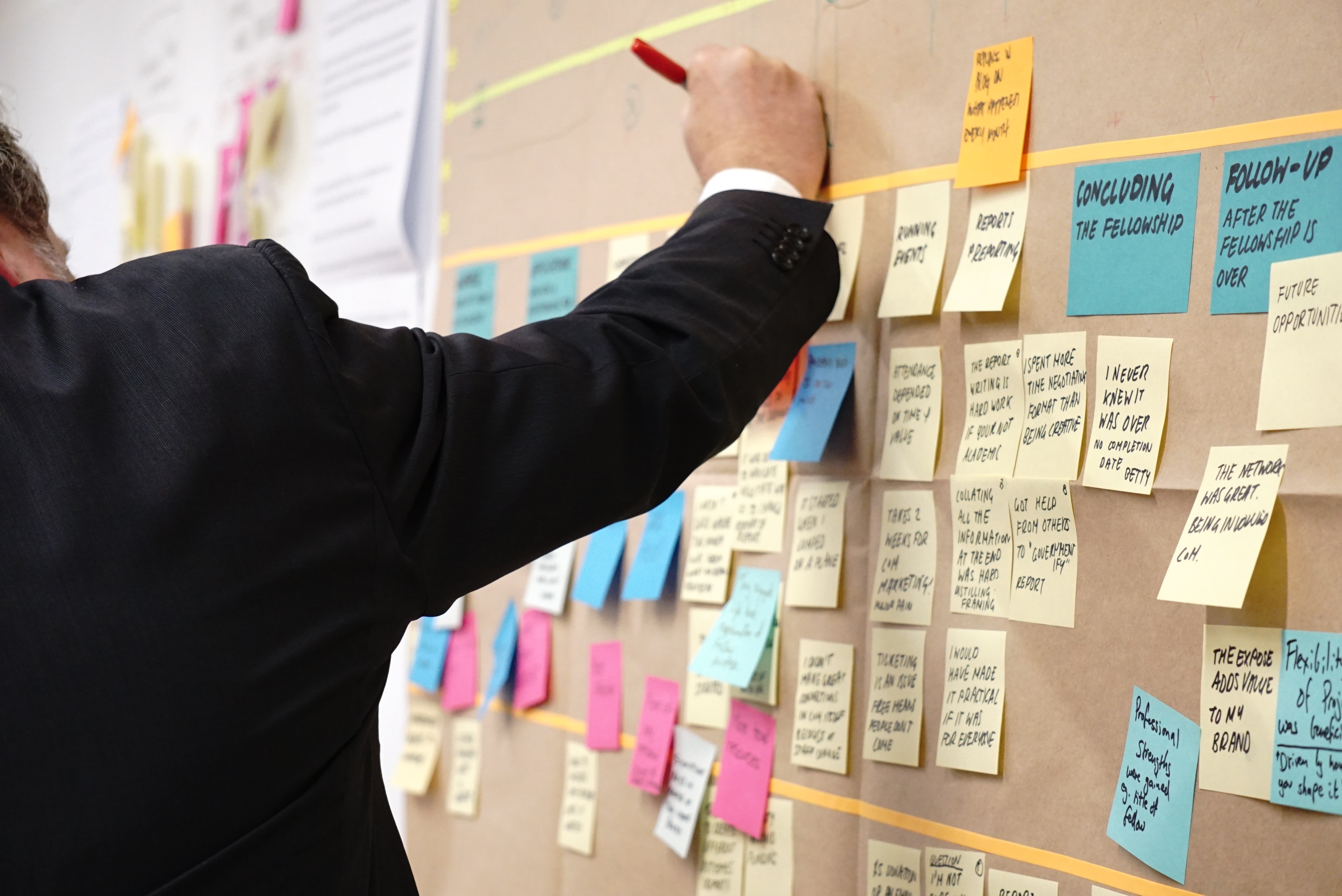Project management is what allowed us to enjoy the benefits of modern society. From communication to transportation, the apps and tools we use were products of project management.
As such, it is not surprising to think that project management has nothing to with design.
But what we do not know is that design projects are like any other project.
A design project comes to fruition through an effort of a group of people. It takes a step or two to finish a design project. Add to that the fact that they need to deliver and materialize a concept. Lastly, it requires client approval before saying that a project is done.

Hence, project managers who are new to design projects may feel like they are walking on thin ice. That said, we have listed down eight design project management tips that you must keep in mind:
1. Get to Know Your Team
Sure, you are working with a team of designers. But that does not mean they similar personalities.
It would be ideal to know what motivates them to work. After all, it would help if you were practical while fostering a creative environment.
Some prefer to work on base design immediately, and some wing it. Hence, keep your team’s preferences in mind. if you are looking for team building activities here are a few ideas.
2. Play on Their Strengths
What’s cool about knowing your team well is that you can play on their strengths.
For instance, you can let designers who prefer to work on the base design do it. If someone from your team is excellent with 3D design, let him work on it, as for those who prefer to wing it, allow them to provide support to their team.
But playing on their strengths is more than just letting them do what they are good at. It is also about not letting do something they do no like.
Say, one of your 3D designers is good at what he does, yet he does not see himself as a leader. Then do not make him a team leader. Otherwise, it might hinder your entire team’s productivity.
3. Set Clear Goals
What makes a design project successful is the goals and parameters that you set. Thus, it is essential to set things straight as soon as your initial brainstorming session.
Setting clear goals and parameters can be as simple as letting the designers know that the client wants.
For instance, a client wants to change its product packaging color with the same color shade used for their logo. Being this specific would mean that there is no room for creative license.
Of course, it can be different if you are working on building a client’s brand image.
4. Establish a Schedule
Aside from setting clear goals, it would help if you also had a well-established schedule. A useful project management technique for this is earned value management. It looks at cost and schedule separately to help predict whether your initiatives will be finished on time and within budget. The relationships between cost and schedule give EVM the ability to predict performance. This can help you discern how long a project might take and come in handy when working on your earned value management.
You can use a project management tool like Toggl Plan to help you layout your product schedule and set milestones using a Gantt chart. There are also great templates available to use in tools like Notion to keep on top of your projects.
But whatever tool you use, what’s important is that it can help you check your project’s status at a glance.
5. Don’t Drag the Design Project
Also called “scope creep,” a design project is at risk to take off-course and drag on for long.
A typical example is introducing new elements to a design that already have client approval. There are also cases wherein a client would request changes that can affect the project’s entire scope.
You can prevent this from happening by making an approved design inaccessible for changes. We’re sure that there are project management tools that allow you to do that. Otherwise, you can transfer an approved design to a password-protected folder.
Meanwhile, if the client is adamant about making changes that can drag on the project, it would be best to sign off on their request. It would also help to adjust the schedule and budget accordingly.
6. Keep Communication Lines Open
We now live in a mobile world. This opened up the world of remote working. Also, this means that you need to keep communication lines open.
There are project management tools that allow you to communicate with your team. Still, it would be best to pick a tool that is not platform-dependent. Meaning you can use and sync it whether you are on desktop or mobile.
Doing so ensures that you can receive and send messages whenever and wherever you are. And it also lessens the number of emails that you have to comb through. By implementing these different tools and strategies, you can avoid any misunderstanding and ensure the internal communication of your team is consistently strong.
ADDITIONAL TIP
Scheduling weekly or bi weekly teleconferences with your team would be beneficial in terms of productivity and time saving. Moreover, teleconferences help you make your meetings productive, efficient and trustworthy.
7. Store Your Documents in One Place
Just like with any project, a design project may need you to render much input. Plus, you have other relevant contracts that you need to keep safe.
Hence, it would come in handy if you keep them in one place. It can be a single folder in your Google Drive or cloud storage connected with your project management tool.
The beauty of having centralized storage is that your design team can access it whenever they need to. This can help them be efficient at work.
8. Work With the Client
Some clients give you free rein with work, and some would be involved. Regardless, it would be best to work with them.
For one, it allows you to manage client expectations. Second, it prevents you from subjecting your design team to unfair requests.
The key here is to let your client see your work as it progresses. That way, they can ask for revisions when and where needed.
Your team would instead apply changes on the design while you are working on it than rush to finish the entire thing and then have it changed.
Conclusion
Setting up a robust design project management system makes it easier to scope, plan, and execute your project.
It also enables your team to do their things efficiently. That’s because project management lets you remove the unnecessary step. It also prevents you from repeating finished work.
That way, you can set your client’s expectations and deliver output in time.


